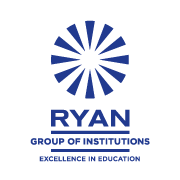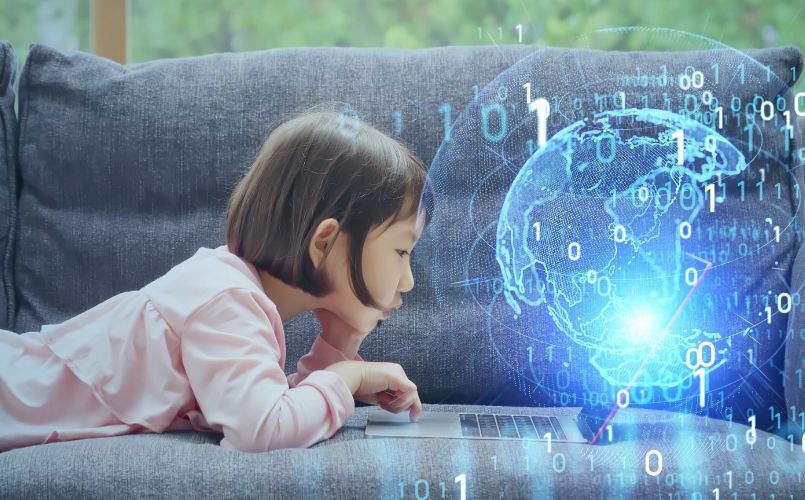Learning in our world, connected by globalization, is like exploring a vast maze. This maze is filled with countless chances to grow but also with complex problems. Globalization has changed our classrooms into gateways. This change lets our children connect with concepts and cultures well beyond their local area. But it also brings many challenges that call for our watchful eye and fresh thinking.
Researchers from prestigious schools like Harvard University and McGill University shine a light on this situation. They suggest that as our world becomes more linked, our children need to develop the skills and sensitivities to succeed within this global network. However, giving them these abilities while managing the changing education scene is a tough task. Our test is not just to prepare our students for a global future. We also have to do this in the face of changing education trends and stubborn system hurdles.
OPPURTUNITIES
Digital Gateway
Leading the charge in these newfound treasures is the significant change in accessibility. This change is a bright symbol of our globalizing world. A key study by the University of Oxford illustrates this. The growth of technology has become a universal key, opening up worldwide storehouses of wisdom. The study explains that our students are no longer bound by geography. Instead, they’re free to journey through a universe of knowledge. They can attend lectures, enroll in courses, and earn degrees from world-renowned schools, all from the comfort of their homes.
Global Confluence
Another find in this vast landscape is the transformation of our classrooms. They’ve become lively centers of global collaboration. Our classrooms have turned into points of international knowledge sharing. Students are no longer lone learners. They’ve become part of a complex weave of global cultures and ideas. They interact and learn with and from peers across the globe.
Mosaic of Perspectives
Lastly, a hidden path leads to a wealth of varied worldviews. Research done at MIT emphasizes this. Exposure to a globalized environment provides students with a range of perspectives. This exposure equips them with a deeper understanding of complex global issues and strengthens their critical thinking skills.
Our journey through the intricate maze of globalized education is filled with hurdles but also with rewards. As educators, we’re like experienced explorers. We navigate unknown landscapes, tackle problems, and discover opportunities. Although this mission is challenging, it is vital.
CHALLENGES
Digital Divide
Central to these trials is the pressing issue of inequality. This issue is a surprising result of our globalizing world. The same technological change that offers everyone access to education also highlights differences. Not everyone has equal access to technology. This unequal access is a key barrier in the world of globalized education. The digital divide threatens to turn the democratizing promise of global education into a mere fantasy.
Cultural Balancing Act
Another major challenge comes from the struggle between cultural sensitivity and standardization. Our world is a vibrant mix of diverse cultures and traditions. Preserving this diversity, while striving for a common educational framework, is like walking a tightrope. Our educational systems need to foster inclusivity and respect for cultural diversity. This task is as delicate as it is important.
Guardians of Quality
With the surge of online courses and educational resources, a formidable task arises. This task is maintaining the quality of education. With so many options, standards can vary greatly. This variation leaves students and parents unsure about the quality of education they can expect. Setting and enforcing global quality benchmarks becomes a key job.
Adapting to Change
The pace of change in our globalized world is incredibly fast. It requires our education systems to not only adapt but to anticipate and keep up with this rapid pace. Our curriculums need to be living documents that reflect global realities. We also need to make sure our students have the skills they’ll need for a future job market that is still undefined.
As we continue our journey through the complex maze of globalized education, these challenges stand as tall mountains to climb. But they also remind us of what’s at stake in our mission. For every challenge we overcome, we get one step closer to an education system that truly prepares our children for a global future. A future that is rooted in wisdom, empathy, and a deep understanding of our shared global heritage.
In navigating the complex landscape of globalized education, we find ourselves at the crossroads of local and global realities. Modern curriculum developers have a job to do. They must find the right balance. They need to blend the richness of local cultural wisdom with an understanding of the complex global dynamics.
THE 2 Ps
“Proximity” firmly roots students in their immediate surroundings. It builds a strong foundation of cultural, historical, and environmental knowledge. Our students’ learning must be anchored in a deep understanding of their own context. This understanding nurtures a sense of identity and fosters a sense of belonging.
“Pluralism”, on the other hand, encourages students to widen their horizons. It introduces them to a myriad of thoughts, norms, and traditions that pulse with life beyond their local bubble. Like decoding a foreign language, absorbing “Pluralism” equips students to meaningfully engage with the global community. It cultivates their ability to see and appreciate the world in all its varied glory.
Teaching these “2 Ps”, however, isn’t a trivial task. It asks curriculum developers to stay flexible and innovative. They need to protect the balance between the local and the global amidst the fast pace of educational evolution. They stand at the head of our students’ learning journey. They skillfully design lessons that resonate with their local reality while also opening the doors to the limitless world beyond.
As we plot this journey, we continually face a unique duality. The exciting promise of vast opportunities is intricately tied to a set of daunting challenges. Each plays an indispensable role in shaping our shared tomorrow.
The promise of universal access, and the enlightening exposure to diverse perspectives, marks a significant shift from the traditional modes of education. They paint a picture of a future where the pursuit of knowledge isn’t held back by borders. A future where learning is a shared, global journey.
But these golden opportunities come with their fair share of shadows. Inequalities, the delicate balance of cultural sensitivities, the commitment to uphold quality amidst a proliferation of resources, and the nimbleness needed to adapt to swift changes – these stand as looming challenges in our path. They are real, tangible issues that we, as a community of educators, parents, and students, must tackle. We need to develop a fair, inclusive, and effective framework for global education.
In essence, navigating the seas of education in our globalized world isn’t just an academic endeavor—it’s a community effort of critical importance. By carefully steering our course through this landscape filled with opportunities and challenges, we lay the foundation for a future where education truly transcends boundaries. We’re nurturing a global community of lifelong learners.




